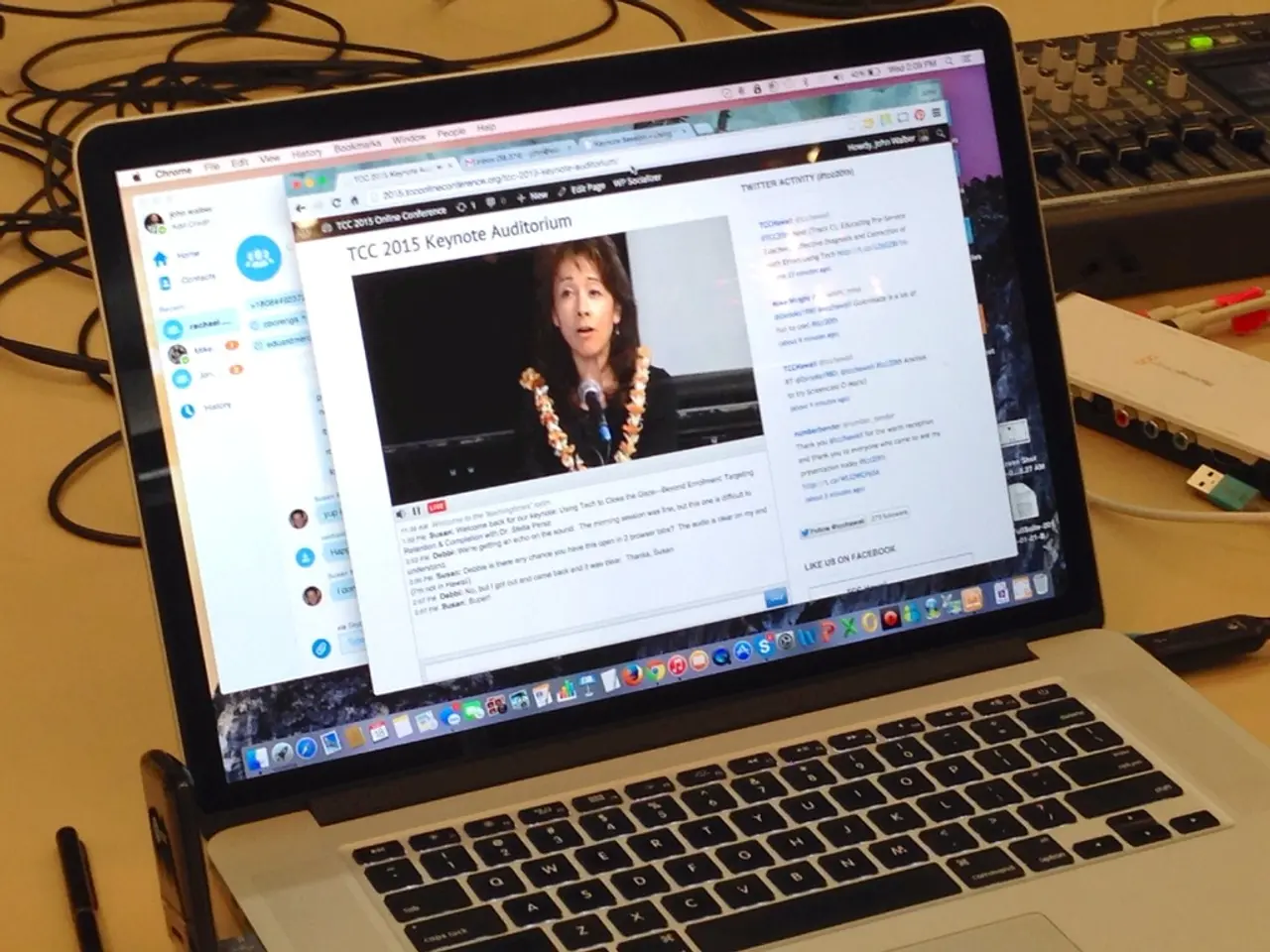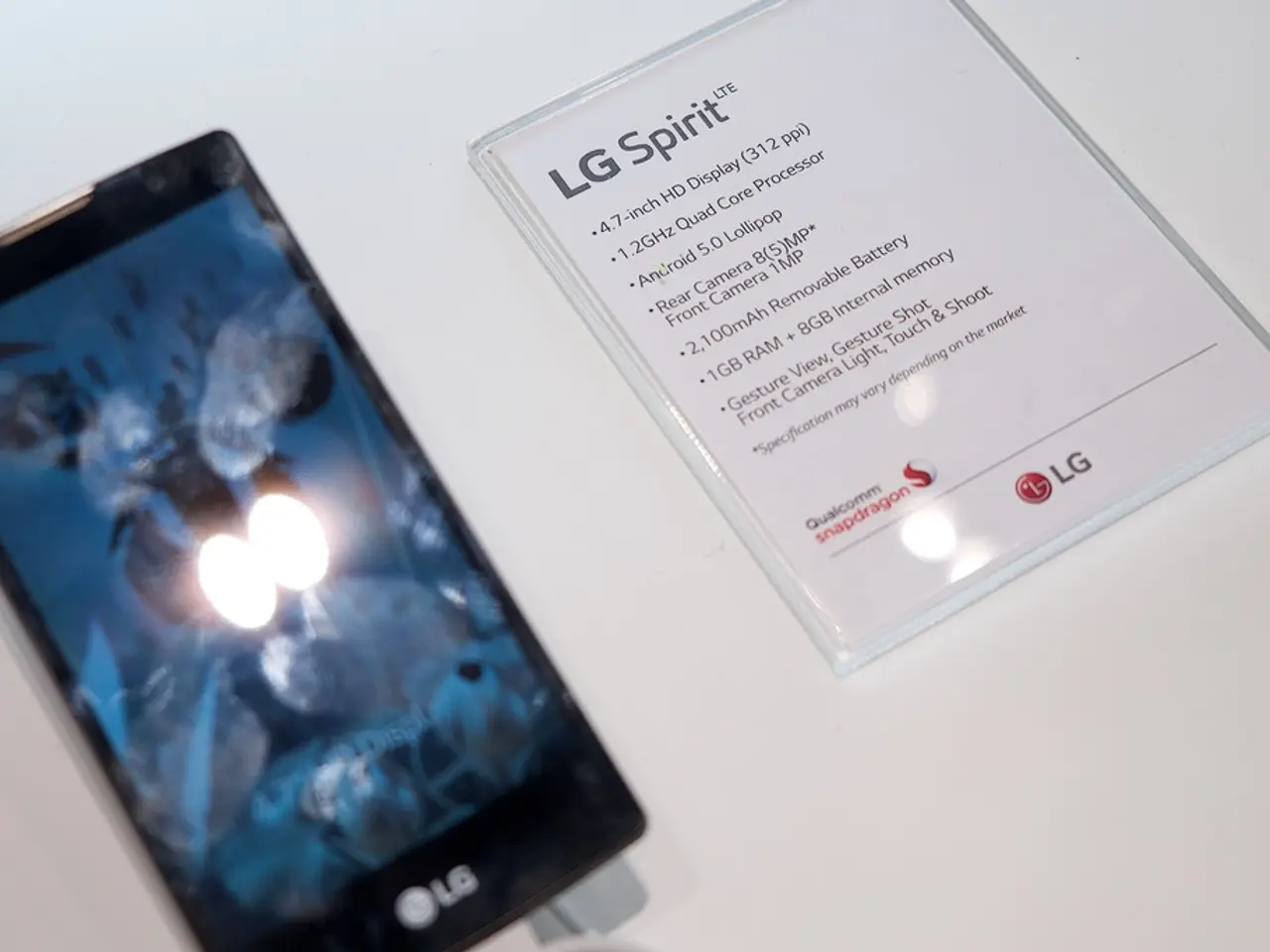Polaroid has unveiled a groundbreaking advertisement this year, showcasing a strong stance against artificial intelligence.
In an era where digital screens dominate our lives, Polaroid has boldly stepped forward with a new campaign titled 'The Camera for an Analogue Life.' This thought-provoking initiative, designed in-house by the iconic brand, aims to address the issue of digital over-saturation and AI, offering a refreshing return to the tangible world.
The campaign, launched in high-traffic areas such as JFK Airport, city centers, busy streets, Apple Stores, and Google offices in New York City and London, combines Polaroid photos with provocative copy lines. Examples of these lines include, "AI can't generate sand between your toes," and "Real stories. Not stories & reels."
According to Patricia Varella, Brand and Creative Director at Polaroid, the campaign is a reminder of the importance of connection and living in the moment. Varella also stated that there is something magical in a Polaroid picture that captures the humanness in all of us.
One Substack user commented that the campaign is a stellar marketing strategy formed by digital saturation and online fatigue. The campaign deliberately places billboards and fly posters next to tech-related spaces to create a striking juxtaposition, prompting passersby to reconsider their relationship with the digital world.
The campaign has received positive feedback on social media, with users praising its aesthetic and message. It is noteworthy that Polaroid's campaign is particularly prominent and recent in directly addressing AI and digital fatigue in 2025.
Other ads that tap into tech fatigue similarly to Polaroid’s campaign focus on consumer weariness with digital overload, AI saturation, and the desire to reconnect with authentic, tactile experiences. Brands rooted in analog or “slow” lifestyle values often push back against technology-driven exhaustion and encourage grounding in the real, imperfect world.
Typical examples that have historically tapped into tech fatigue include Leica’s “Celebrating the Analog” campaigns promoting film photography, Patagonia’s environmental and anti-consumerism ads encouraging real-world engagement over digital distractions, and Apple’s “Screen Time” awareness initiatives promoting healthy tech use habits.
However, without details from the current search, Polaroid's campaign appears especially prominent and recent in directly addressing AI and digital fatigue in 2025. The campaign is designed to promote the brand's new Flip camera, offering a tangible, nostalgic alternative to the digital screens that dominate our lives.
- The campaign's layout showcases Polaroid photos alongside thought-provoking copy lines, offering a creative resistance towards digital over-saturation and AI.
- In the campaign, poster designs reinforce the message of connection and living in the moment, balancing the dominance of digital screens in our lives.
- The UI of the billboards and fly posters in the campaign intentionally contrasts with the high-tech spaces of Apple Stores and Google offices, providing inspiration for a return to the analog world.
- The Polaroid branding in the campaign leverages the magical aspect of their photographs to inspire a longing for the humanness lost in the digital age.
- The aesthetic of the campaign resonates with the users on social media, who appreciate the design's art in fostering an authentic, tangible experience.
- The campaign is not just a marketing strategy; it's a bold venture into the domain of technology and the emerging issues of AI and digital fatigue, using design as a bridge to promote the charm of the Flip camera as an alternative to digital screens.




